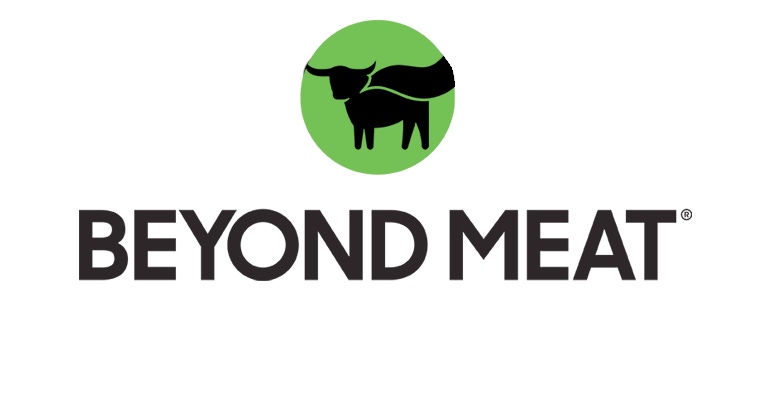Reacting to COVID-19 restaurant closures, the company retrieved inventory and repacked it for retail sales and significantly shifted sales mix.

Beyond Meat's quarterly revenues passed $100 million for the first time, even as the COVID-19 pandemic all but shut off the foodservice channel that accounted for half its business at the beginning of the year, the company reported Tuesday.
Net revenue grew 69% to $113.3 million during the second quarter, which ended June 27. Global retail net revenue increased 192% to $99.6 million from $34.1 million a year ago, while foodservice dropped to $13.7 million, from $33.1 million, according to the earnings report.
Other financial results were mixed, in part because of the COVID-19 pandemic:
Gross profit was $33.7 million, up from $22.7 million a year ago.
Gross margin was 29.7% of net revenue, compared with 33.8% for Q2 2019.
Adjusted gross profit was $39.6 million, excluding COVID-19-related expenses and early payment of a debt.
Net loss was $9.4 million, compared with a net loss of $7.4 million a year ago.
Adjusted net loss was $1.2 million.
Adjusted margin was 34.9%.
Adjusted EBITDA was $6.9 million, compared to an adjusted EBITDA loss of $5.6 million in Q2 2019.
Adapting and growing during a pandemic
From the 50-50 mix in January, Beyond Meat's sales changed to 88% retail and 12% foodservice in the second quarter.
"Adapting to such a change in mix over a short period of time was no small feat," Beyond Meat CEO Ethan Brown said during Tuesday's conference call.
Chief Financial Officer Mark Nelson said the company spent $5.9 million retrieving inventory from third-party storage facilities, repacking it for retail sales and transporting it to the proper distributors.
Beyond Meat's retail sales increased for several reasons, Brown said. The company has 53,000 retail distribution points worldwide, more than triple than it had in May 2019 when it became a public company.
Since the end of March, Beyond Meat has added 18,000 retail and foodservice outlets. About half of those are in international retail. Beyond Meat products are available in 84 countries outside of the United States, up from 51 a year ago, Brown said.
In the United States, Sam's Club and BJ's Wholesale recently added Beyond Meat to their offerings. The convenience store chain Wawa has offered Beyond Meat's breakfast sausage at 650 stores and will add 220 next week, Brown said, while Walmart will introduce Beyond Burger to more than 2,400 stores and Beyond Sausage patties to 2,200 stores in September.
"Each of these wins advance our goal of making Beyond Meat products more easily accessible to consumers across the nation," Brown said.
Beyond Meat leads plant-based meat sales
Brown recited numerous statistics comparing Beyond Meat's sales with those of its competitors.
A SPINS/IRI report found that Beyond Meat's household penetration reached 4.9% in June, up from 3.5% in January and from 2% in June 2019. That translates to an additional 3.7 million buyers, Brown said.
Half of new customers are buying Beyond Meat a second time—a statistic Brown put in perspective.
"This repeat rate should be compared with what generally constitutes success in the retail CPG sector, which is generally 30%-40%," he said.
In addition, the average household spending on Beyond Meat products is increasing, he said.
Sales of Beyond Meat products rose 121% in multi-outlet natural and specialty retailers, while plant-based meat sales increased 57%, SPINS reported. The data covered the 12 weeks ending June 14, compared with the same period in 2019.
The SPINS report also found that Beyond Meat has the top four bestselling SKUs in plant-based meat, Brown said. In addition, Beyond Meat's sales growth is nearly four times faster than its nearest competitor's, according to the report.
"We continue to see these strong consumer trend takeaways with only a limited number of SKUs available at retail, fueling continued optimism as we accelerate our pace of new product introduction," Brown said.
About the Author(s)
You May Also Like




